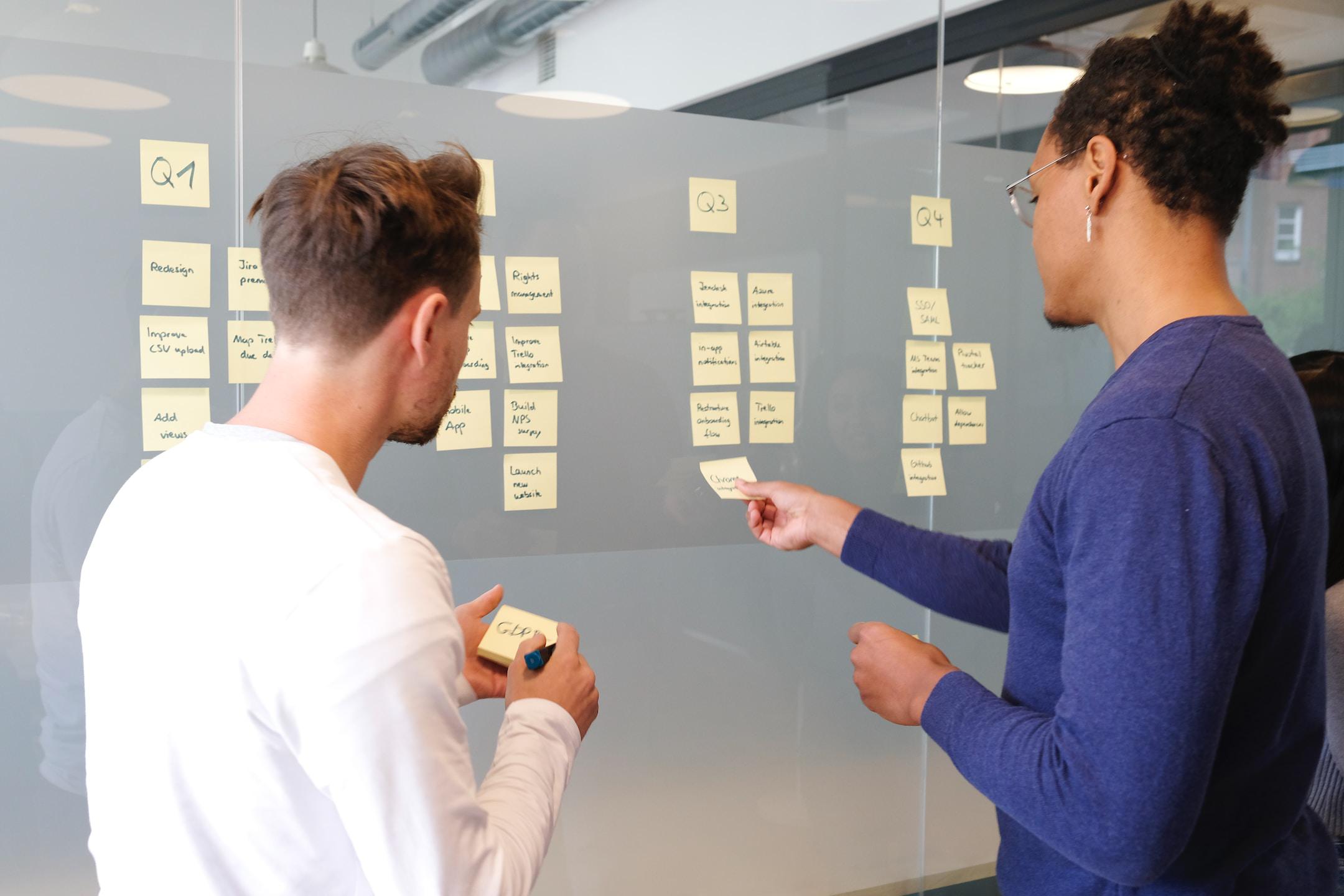
Talent mapping is the process of identifying, assessing, and tracking top talent within an organization. It provides visibility into the skills, capabilities, and potential of employees to support better workforce planning and talent development. For companies looking to scale and grow, having a solid talent mapping strategy is essential. Here are some tips on how to effectively map your talent:
Start by determining the key capabilities and skills your organization will need both now and in the future. Look at your business strategy and identify priority roles, functions, and competencies critical for success. This gives you a framework for mapping talent.
Take stock of your current workforce—review performance data, assess competencies, gather feedback from managers. Identify top performers and high potentials. Also look for skill gaps that need to be addressed. Having a clear picture of your existing bench strength and development needs is crucial.
For each employee, create a profile that includes their skills, experience, performance ratings, strengths, development areas, aspirations, and promotability. This gives you a robust talent snapshot you can use for mapping. Profiles should be living documents that are updated regularly.
Determine which roles are most important to achieving strategic goals. Analyze the competencies and capabilities needed for these roles. Then map employees who are ready now, have high potential, or could be strong successors over time. This allows you to focus development efforts where they matter most.
Use talent mapping technology and tools to give managers and HR real-time visibility into workforce capabilities. Analytics and dashboards can provide insights and help spot trends. Make sure the data is accessible and easy to update.
Help managers use talent maps to have better development and career conversations with team members. Maps can identify individual strengths to leverage and skills gaps to address. Make sure employees are involved in the process.
Examine organizational capability gaps revealed through mapping. Design or source learning programs to build critical skills needed for the future. Target development opportunities to high potentials.
Use talent maps to create pipelines for critical roles. Identify multiple potential successors and give them stretch assignments, exposure, and training to accelerate readiness. Mapping helps minimize succession risk.
Talent mapping is an ongoing process. Set reminders to review and update maps quarterly or biannually. Make sure the data reflects the latest performance results, competencies, and career aspirations.
Talent mapping provides valuable workforce insights, but also deals with sensitive employee information. Take precautions to ensure the data is handled properly:
In addition to internal mapping, it also makes great business sense to look outside the organization to identify new talent that may be lacking within your organization. This is where SGA Talent's talent mapping expertise can be successful.
In conclusion, implementing an effective talent mapping strategy takes work but pays major dividends. It provides tremendous visibility into the skills and potential within your workforce and will show talent gaps that need to be filled by the outside.
With the right foundation, talent mapping can be a game-changer for recruiting, development, and succession planning. The time is now to map your talent and take your organization to the next level!
Contact us today to learn more about our talent mapping solutions and how we can partner with you on building a stronger, more agile workforce positioned for growth. Let's talk talent—your organization's future starts here!